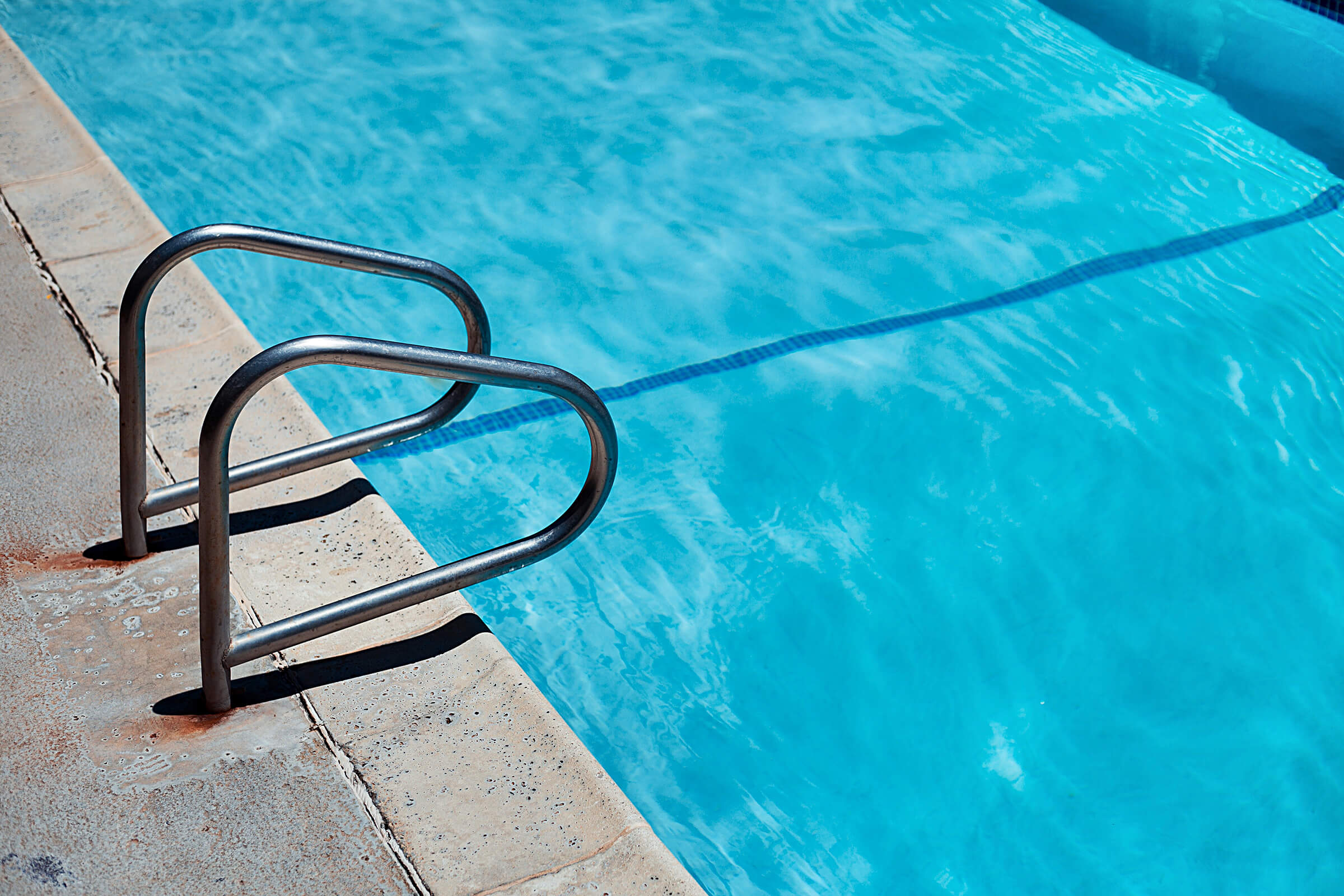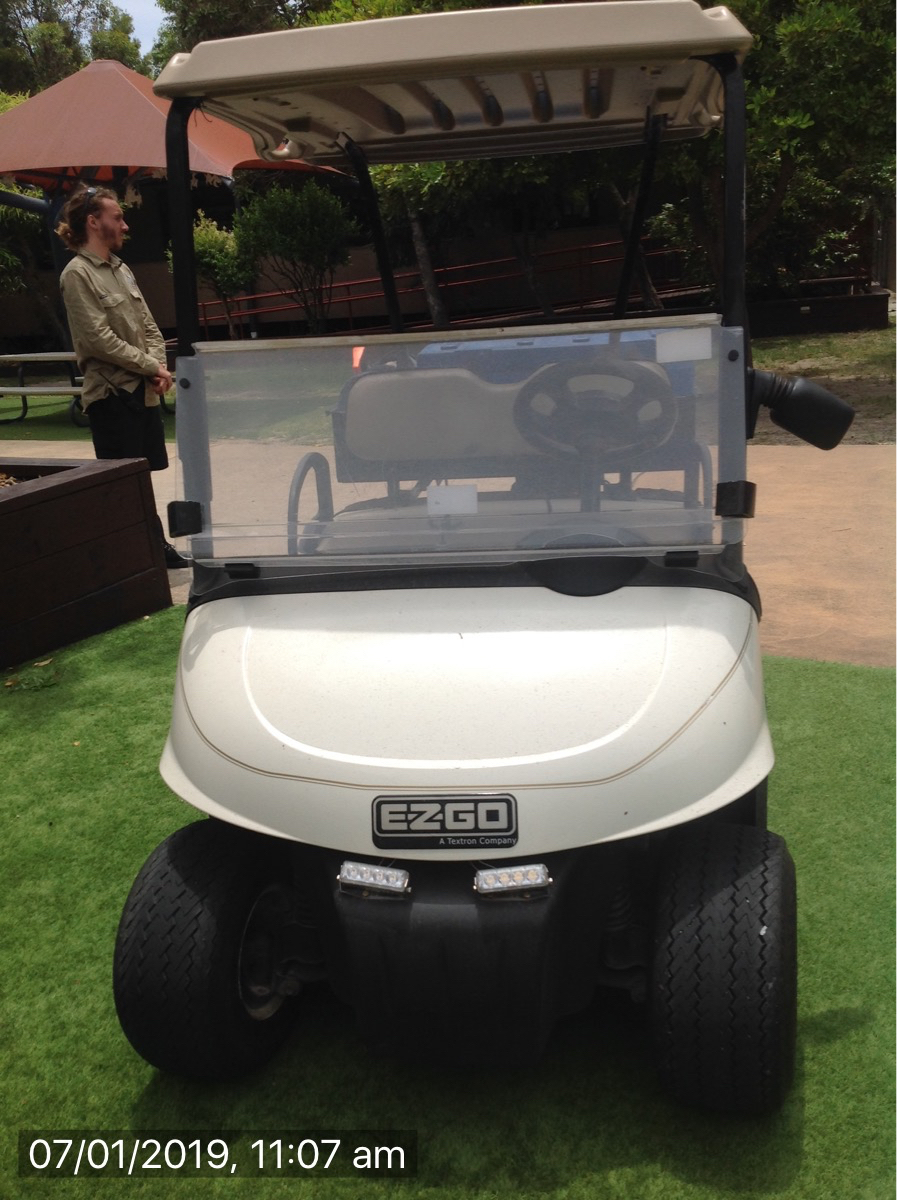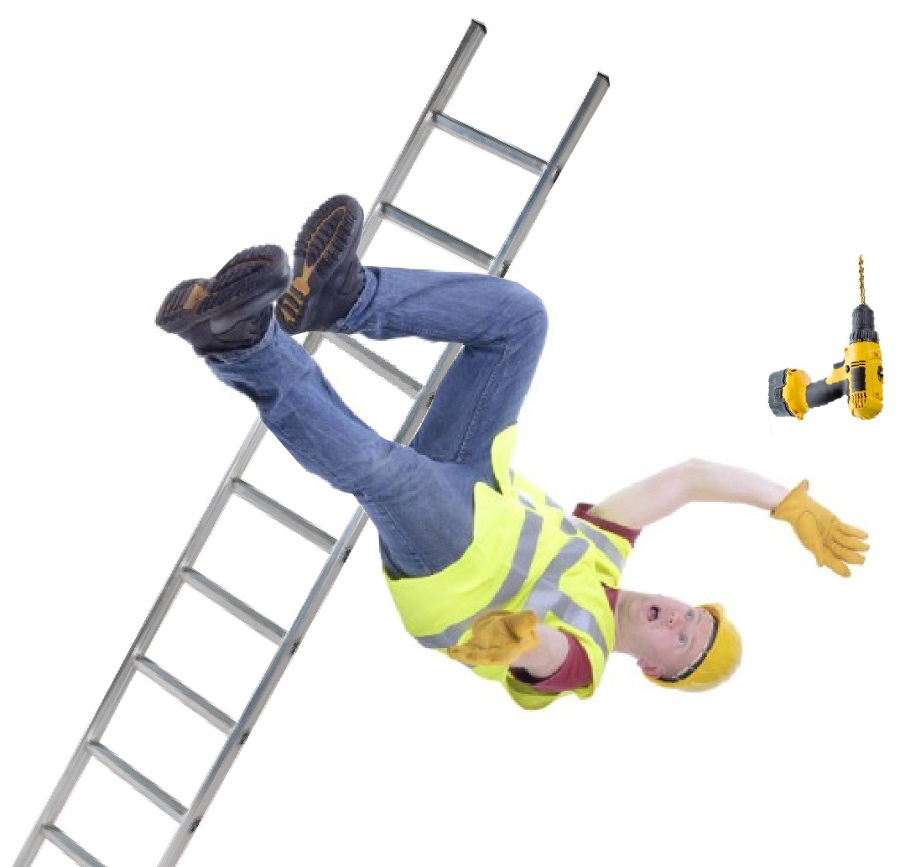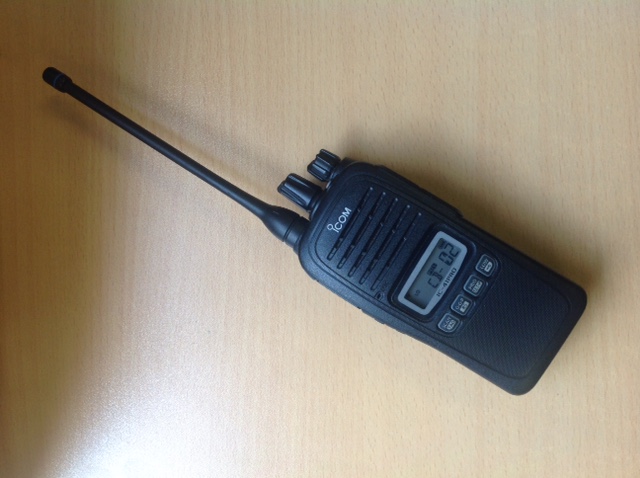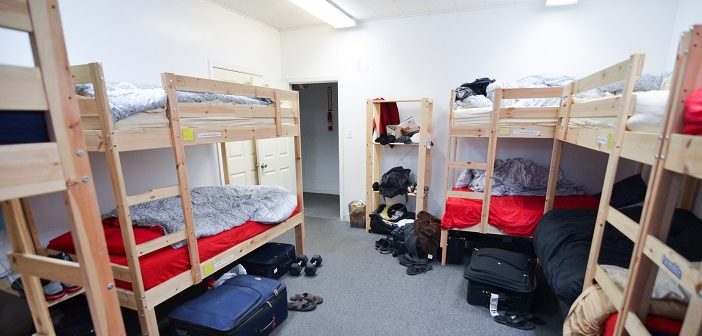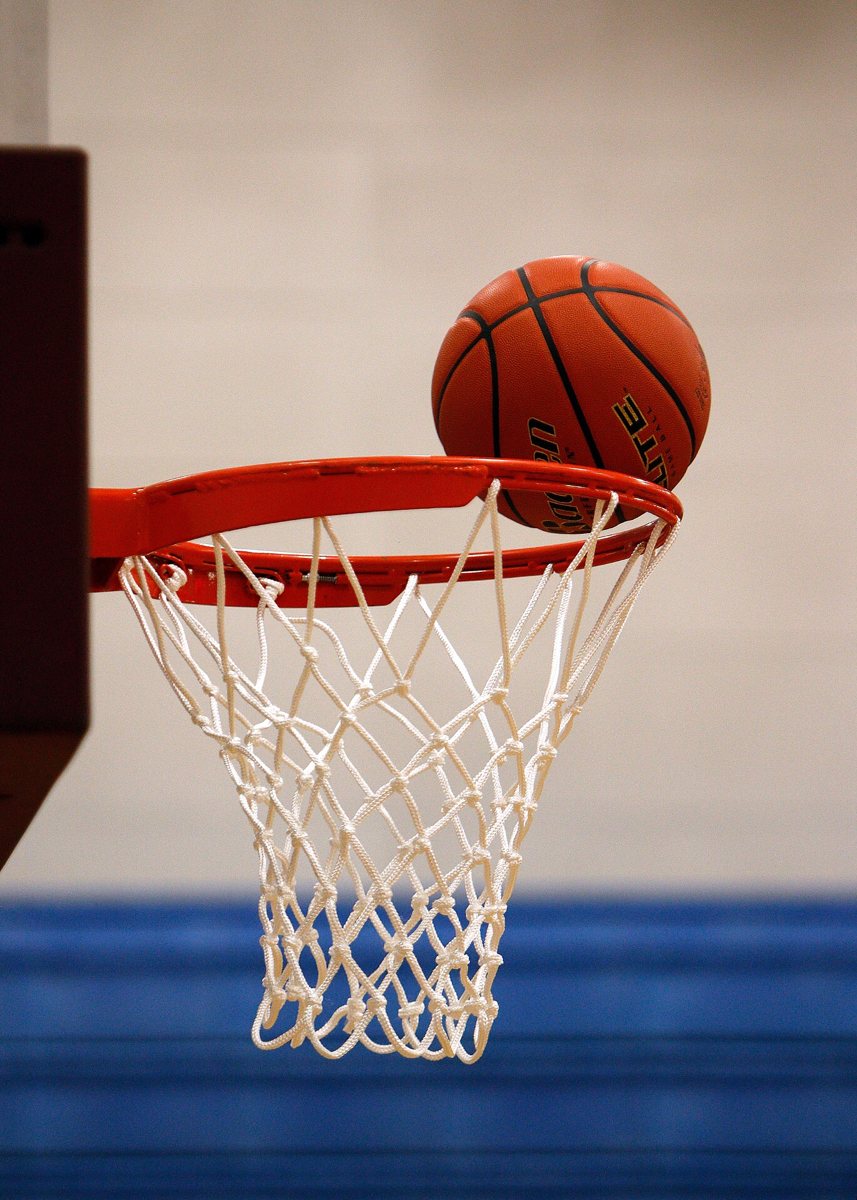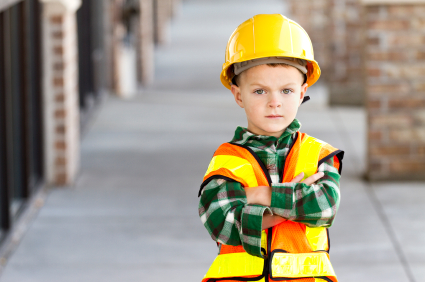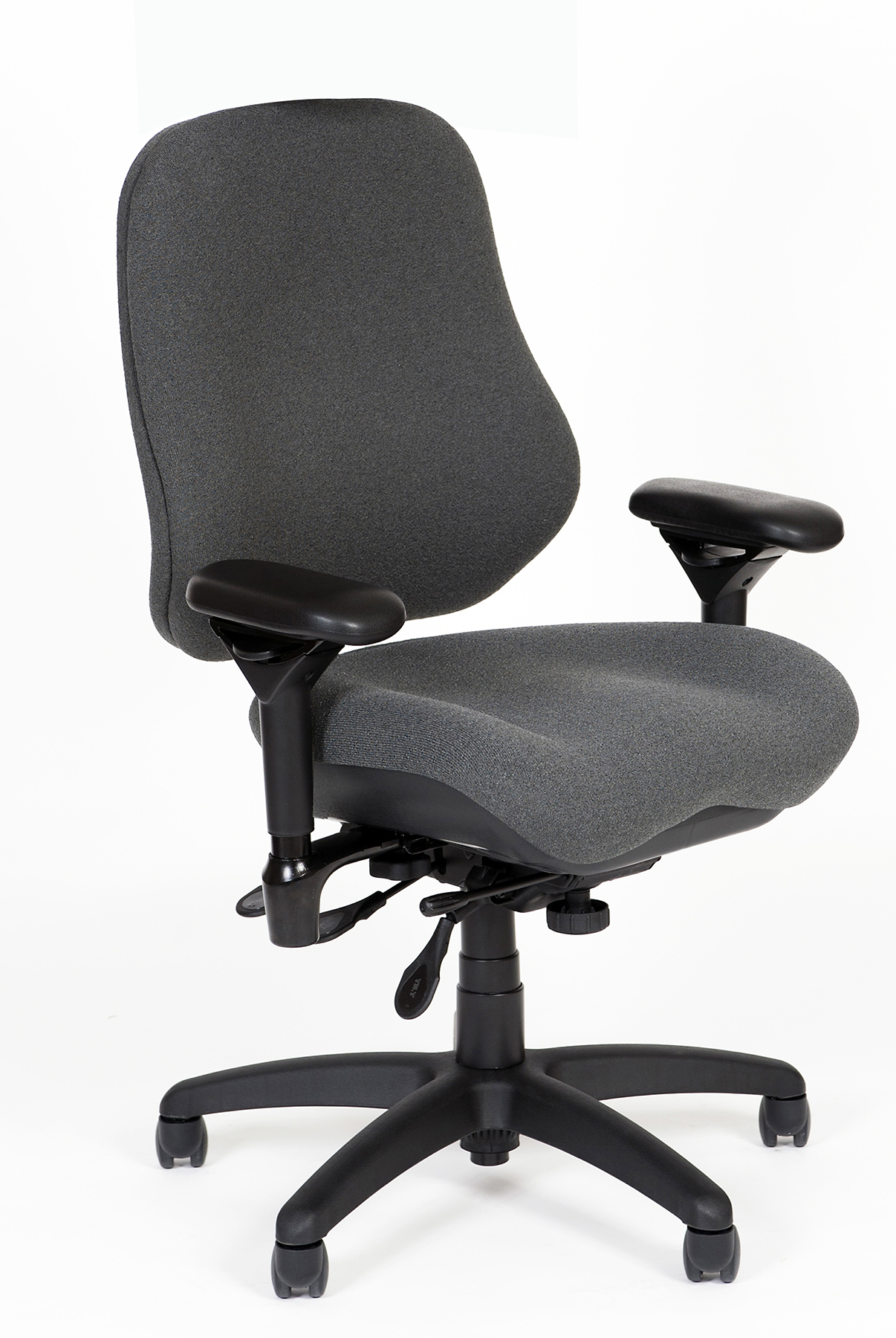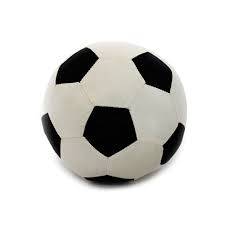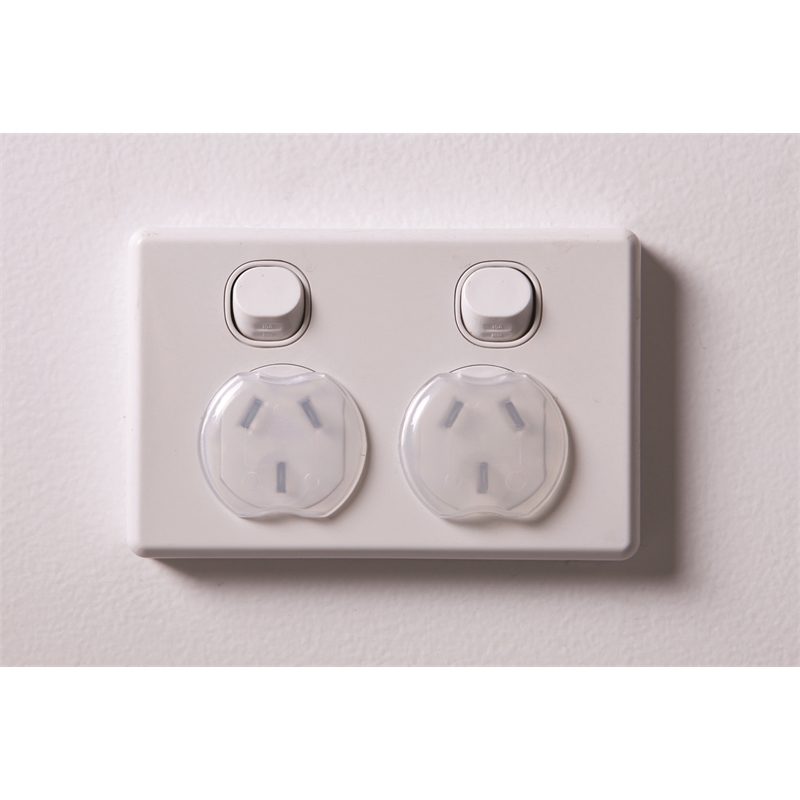Title Page
-
Site conducted
-
School:
-
Version:
-
Conducted on
-
Prepared by
-
Comments:
Safety Inspection Checklist
This Safety and Compliance checklist is for school Aquatic Facilities/Swimming Pool and is based on: 1. The Guidelines for Safe Pool Operations (GSPO) issued by Royal Life Saving Australia 2. Fire Code Regulations 3. Safe Work Australia Guidelines.
ENTRANCE
-
Is the entry stairway is clear of any trip hazards and safe to navigate?
-
Is the pool entrance in good condition with no trip hazards?
-
Are Exit and Entry points clearly marked?
-
Are lifts in good working condition and regularly serviced?
-
Are there signs on/or near the lifts advising that they are not to be used in case of fire?
-
Is the area adequately lit for early morning or late afternoon starts?
-
Is the Reception Desk located in such a position, to allow for the pool area to be directly visible? (Re GSPO 11.3.1 )
FIRE SAFETY
-
Are there adequate FIRE EVACUATION MAPS in place ?
-
Are there adequate EVACUATION ROUTE signs directing pool users to the Designated Assembly Area in an Emergency?
-
Is there an adequate supply of Fire Fighting equipment available (Portable Fire Extinguishers and Fire Hose Reels)?
-
Have all FIre Fighting Equipment appliances been TESTED in the past 6 months.
-
Are all Fire Fighting appliances easy to access with no obstructions?
-
Have the FIRE ALARMS have been tested in past 6 months and audible in all areas of the swimming pool?
-
Has an EMERGENCY EVACUATION and LOCKDOWN has been carried out in the past 12 months ?
-
Has an EMERGENCY RESPONSE PLAN been developed for the swimming pool and kept up to date?
FIRST AID
-
First Aid facilities are available including a fully stocked FIRST AID BOX ?
-
First Aid facilities are clearly located with appropriate signage?
-
Does the Swimming Pool meet GSPO recommendations relating to OXYGEN EQUIPMENT , in particular: 5.2.1 All aquatic facilities should provide oxygen equipment for use by trained personnel in emergencies. 5.7.1 Oxygen equipment should be stored safely in a clean, dry, ventilated location free from dust, oil, grease, heat, sand and easily accessible to trained staff?
-
Does the Swimming Pool meet GSPO recommendations relating to DEFIBRILLATORS, in particular: 6.2.2 All aquatic facilities should provide an automated external defibrillator for use by school personnel in emergencies. 6.2.3 Automated external defibrillators are designed to be used by trained or untrained persons.6.2.4 Defibrillators should be located in an area that is clearly visible, accessible and not exposed to extreme temperatures. They should be clearly signed and maintained according to the manufacturer’s specifications.
-
Does the Swimming Pool meet GSPO recommendations relating to SPINAL BOARDS, in particular: 7.2.2 All aquatic facilities should provide spinal boards for use by trained personnel in emergencies. 7.2.3 Spinal Boards should be located in an area that is clearly visible, accessible and not exposed to extreme temperatures.
-
Do all staff responsible for supervising activities in the Pool area hold a current CPR certificate?
-
Is there a telephone land line available to call an ambulance or emergency services during a mobile phone outage?
-
Is there sufficient access for an AMBULANCE to park close to the swimming facility?
POOL AREA
-
Are pool users sufficiently supervised and monitored by staff on duty?
-
Are Supervising staff aware of the importance of policing the NO RUNNING rule around the pool area?
-
Are the pool surrounds in good condition with no slip or trip hazards present?
-
Is the spectator area safe and in good condition with no trip hazards?
-
Are WATER QUALITY CHECKS carried out and recorded at least 4 times per day?
-
Are procedures or guidelines in place that provide details on how to deal with human induced biological matter entering the pool?
-
Are CCTV/Security Cameras are in place that cover all areas of the pool to aid in the investigation of any incidents? (Refer recommendations contained in GSPO Section SV20 - Supervising with Technology).
RESCUE EQUIPMENT - Does the swimming pool meet the GSPO recommendations relating to rescue equipment, in particular:
-
12.2 RESCUE FLOATATION DEVICES <br>For the purposes of water safety, a rescue floatation must be able to meet the following operational requirements:<br>- Not have any sharp edges or materials that will cause injury to the user<br>- Offer a patient buoyancy and a means of flotation in all aquatic environments;<br>- Not obstruct or inhibit the user when swimming;<br>- Easy to secure around a patient;<br>- Be suitable and durable for aquatic facility conditions.
PLANT AND EQUIPMENT
-
Is all PLANT and EQUIPMENT in safe working condition and regularly serviced?
-
Is all equipment safely stored to minimise risk of injury to staff, spectators and pool users?
-
Have all electrical appliances and equipment been TESTED N TAGGED in last 12 month?
-
Is a RESIDUAL CURENT DEVICE in place to avoid electrical shocks?
-
Do all ladders and stepladders meet Australian WHS standards (with a weight load > 120 kg)?
SIGNAGE - Does the swimming pool meet the the Royal Life Saving GSPO - AQUATIC SIGNAGE recommendations relating to:
-
ACCESS AND ENTRANCE SIGNAGE<br>3.2.1 Primary access signs should be placed at each main entrance to an aquatic facility 3.2.2 Primary access signs are usually in the form of a Multiple Sign and should include key safety information and rules that is applicable for the entire aquatic facility. 3.4.1 Primary access signs should include key Pool warning and regulations (i.e. No Glass permitted) 14.2.2 Running by pool users on the Pool Concourse should not be encouraged and adequate signage should include - NO RUNNING
-
POOL DEPTH<br>4.3.1 All depth markings should be provided in metric measurements eg. 1.2m, 1.5m, 1.8m, 2.0m. 4.3.3 The depth markings should be in numerals and letters at least 100 mm in height. 4.3.4 There should always be depth markings at the shallow end and deep end and must be visible from all areas inside the pool and the surrounding concourse.
-
SHALLOW WATER <br>4.4.1 In shallow water - 1.2m deep or less - the words shallow water and the Shallow Water Sign should be displayed. 4.4.2 In water less than 1.8m for “wet-deck” pools or less than 2.0m for pools with surrounding walls greater than 380mm above the water level, Australian Standard “No Diving” signs as well as the words NO DIVING should be displayed.
-
DEEP WATER <br>4.5.1 In deep water - 1.8m deep or more - the words ‘Deep water’ and the Deep Water sign should be displayed.
-
TOILETS <br>11.6.6 Toilets should be clearly signed.
CHEMICAL STORAGE & PLANT ROOM MANAGEMENT
-
Are all HAZARDOUS CHEMICALS stored safely in line with recommended Segregation rules?
-
Are DRY CHEMICALS stored off the floor and separated from Liquid Chemicals?
-
Are ACID LIQUIDS stored at least 5m away from other chemicals and stored in a spill deck if >200ltrs ?<br>
-
Is an up to date Manifest available showing the volume and type of all chemicals stored on premises?
-
Are Hazardous Chemical signs clearly visible to warn Emergency Services personnel?
-
Are SAFETY DATA SHEETS available for all HAZARDOUS CHEMICALS kept on the premises?
-
Is Fire Extinguisher located in or near the Plant Room?
-
Is a smoke alarm/detector located in or near the plant room?
-
Are EYE WASH facilities available in areas near Hazardous Chemicals?
-
Is a DELUGE SHOWER available where hazardous chemicals are stored?
-
Is a SPILL KIT available to deal with any HAZARDOUS CHEMICAL SPILLS?
-
Have Staff been adequately trained in using Spill Kits?
-
Is all Personal Protection Equipment (PPE) safety stored?
-
Is Hearing Protection available in the Plant Room for staff?
-
Are Individual Full Face Masks available?
-
Is a register of PPE maintained and all PPE regularly checked?
-
Is the Plant Room clean and well organised?
-
Is there a system in place for staff/contractors or visitors to SIGN IN and advise that they entering the Plant Room and any other isolated area?
STUDENT/CHILD SAFETY
-
Are change rooms and toilet facilities set up to minimise the risk of harm to students/children?
-
Are the floors in the change rooms/toilet areas in good condition with no major slip or trip hazards?
-
Are there clear instructions advising that photographs or video footage must NOT be taken in the change room/toilet areas?
-
Have all Staff received appropriate Child Protection training in past 12 months?
DOCUMENTATION
-
Has a Supervision Plan (including Risk Assessments for various aquatic activities) been created as recommended in the Royal Life Saving - Guidelines for Safe Pool Operations (GSPO)?
-
Are written instructions available for staff advising how to deal with potentially dangerous incidents such as lightning, broken glass etc.
-
Have Safe Work Method Statements been prepared for manual tasks such as setting up and removing pool covers?
WASTE DISPOSAL
-
Is there a sufficient number of General Waste bins available to pool users?
-
Is there a sufficient number of Recycle Waste bins available to pool users?
GENERAL COMMENTS
-
Are there any other safety issues or concerns?
-
List any other issues or concerns here:
